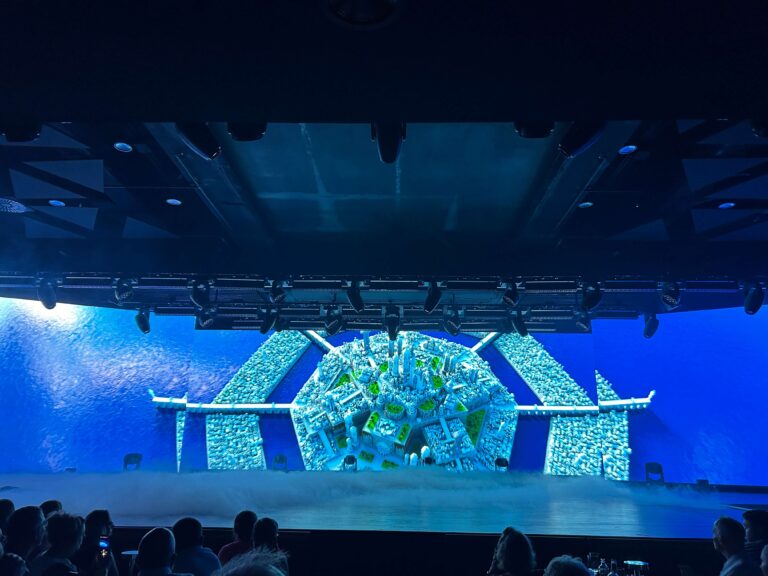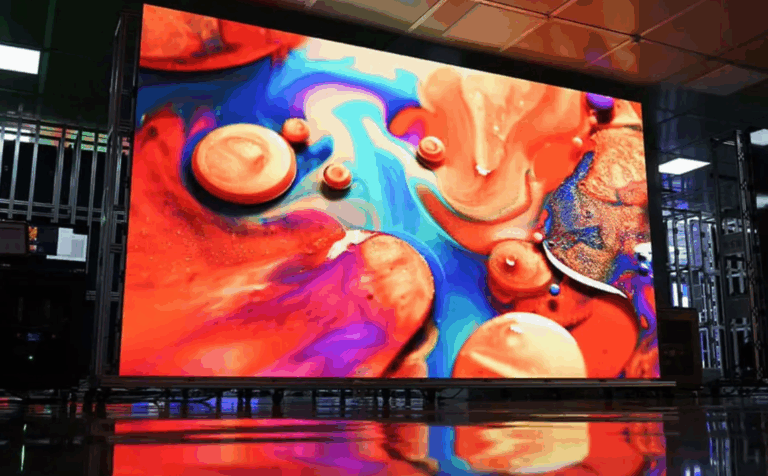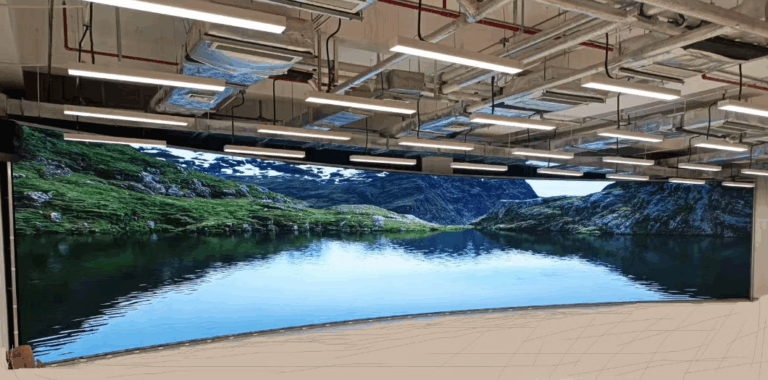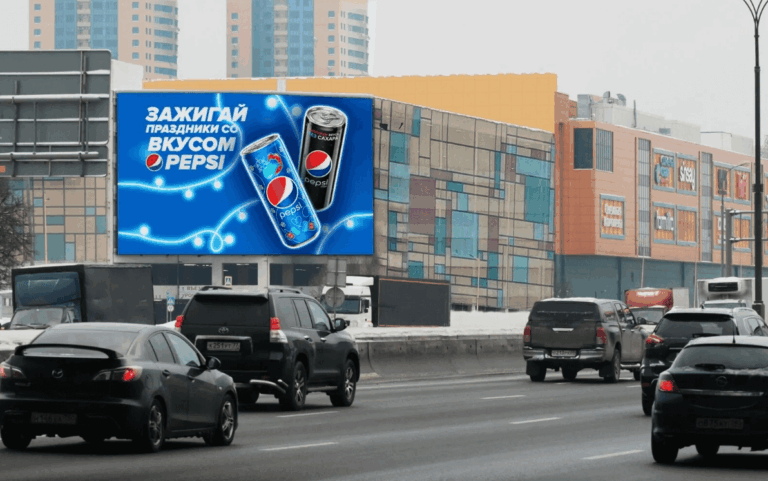With the rapid development of technology, XR technology (Extended Reality) and virtual production technology have achieved tremendous success in various fields. Although both involve the application of virtual elements, they have significant differences in multiple aspects. The Chinese TV drama “Blooming Flowers” has utilized virtual production technology in some parts, further highlighting the application of virtual production technology in the field of film and television production. Here are the 10 major differences between XR technology and virtual production technology.

Table of Contents
Toggle1. Definition:
XR technology is a broad term that includes Virtual Reality (VR), Augmented Reality (AR), Mixed Reality (MR), and other technologies. Its goal is to integrate and extend the interaction between the real world and the virtual world. In contrast, virtual production technology focuses more on the creation and editing of digital content, such as 3D modeling and animation production. Check out the XR LED display product guide.
2. Interactivity:
XR technology provides a higher level of user interaction, allowing users to interact with the virtual environment in real-time. In contrast, virtual production technology primarily focuses on the creation of digital content, with users usually being observers rather than active participants.

3. Environment:
XR technology is mainly applied to the real environment, covering, expanding, or interacting with the real world. Virtual production technology, on the other hand, primarily operates in a digital environment, often independent of the real environment.
4. Integration and Development:
As technology continues to advance, XR technology and virtual production technology will increasingly merge, such as using XR technology in film and television production to achieve more realistic visual effects and interactive experiences.
5. Application Areas:
XR technology has widespread applications in gaming, education, healthcare, and industry, among other fields. Virtual production technology plays a crucial role in film production, animation production, and virtual reality content creation. Here is the XR LED display application guide.
6. Real-time Requirements:
XR technology requires real-time rendering and interaction to ensure an immediate connection between users and the virtual environment. Virtual production technology may involve post-production editing of existing content, so the real-time requirements are relatively lower.
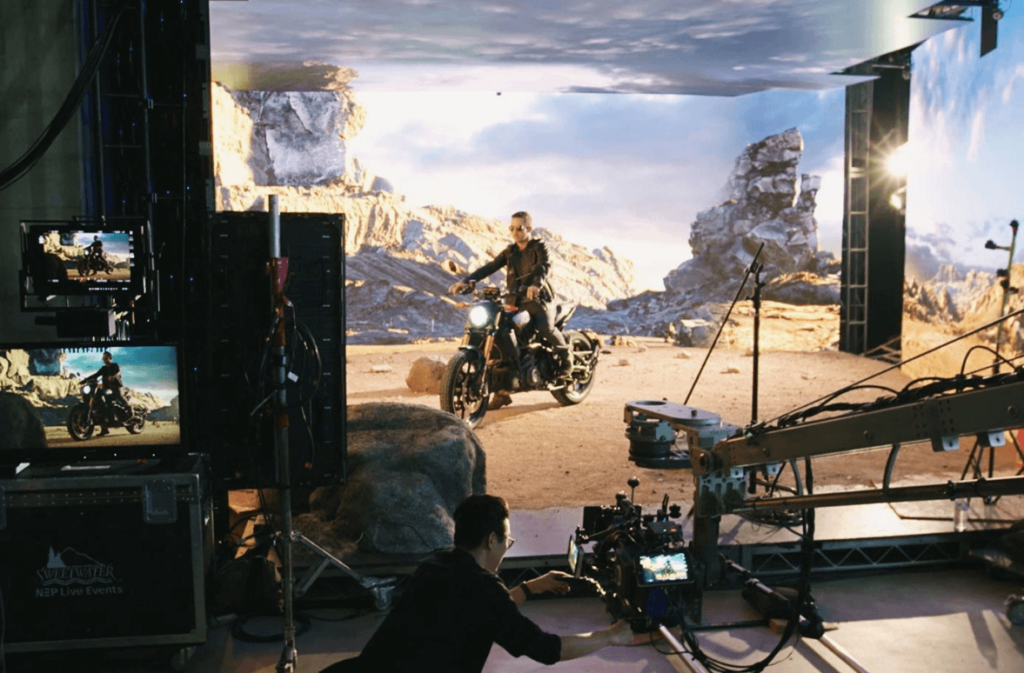
7. Devices:
XR technology requires specialized hardware devices, such as VR headsets and AR glasses. Virtual production technology primarily uses computers, usually requiring high-performance Graphics Processing Units (GPUs).
8. Target Users:
XR technology is aimed at end-users, aiming to provide an immersive experience. Virtual production technology is geared towards professionals such as producers and designers, used for the creation and editing of digital content.
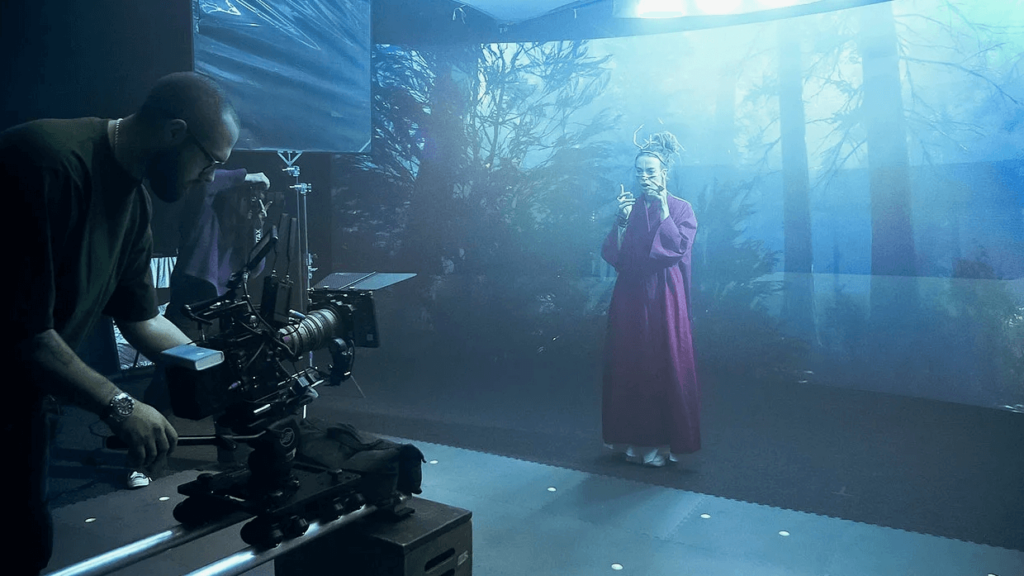
9. Realism:
XR technology aims to simulate the real world or create fictional environments, but it is usually related to the real environment. Virtual production technology focuses more on the fiction and creation of digital content, with a less direct relationship with realism.
10. Immersion Level:
XR technology typically provides a higher level of immersion, making users feel like they are in the virtual environment. Virtual production technology focuses on the creation of digital content, resulting in a relatively lower level of user immersion experience.
Overall, XR technology and virtual production technology play important roles in different fields, providing users with diverse experiences and creative opportunities.

About Dylan Lian
Marketing Strategic Director at Sostron

